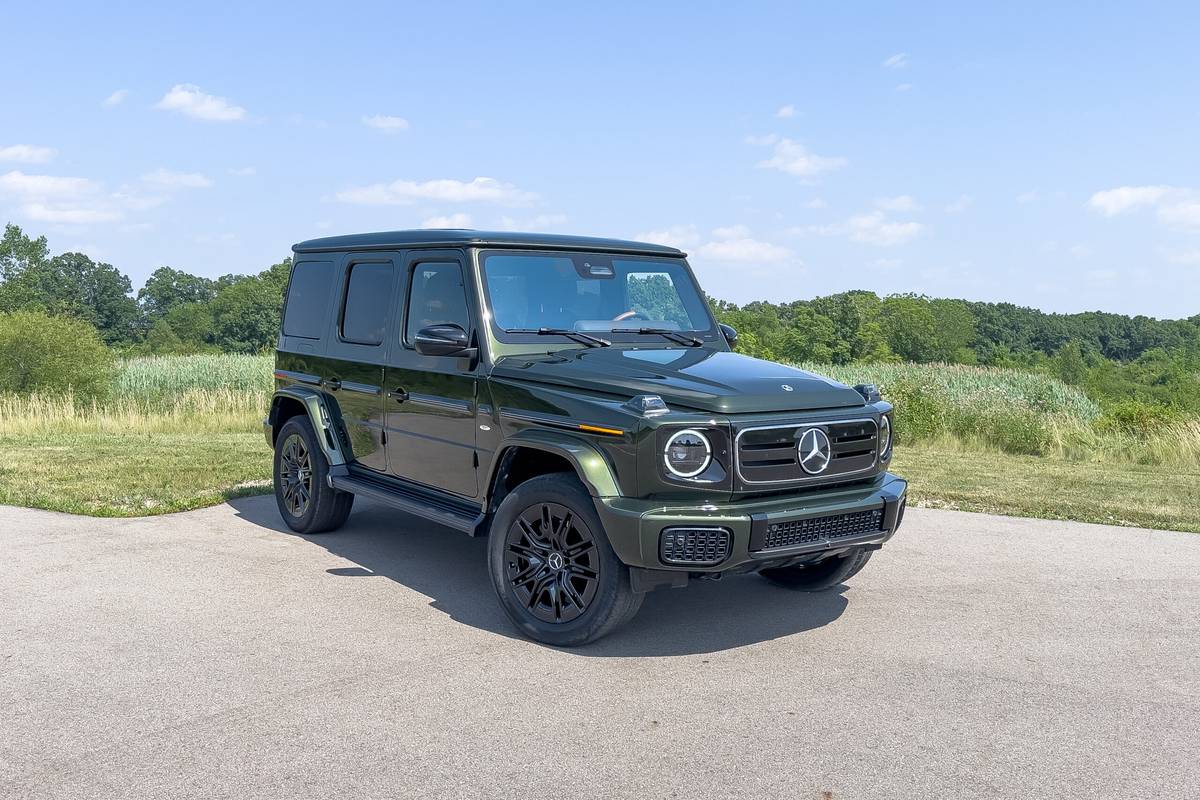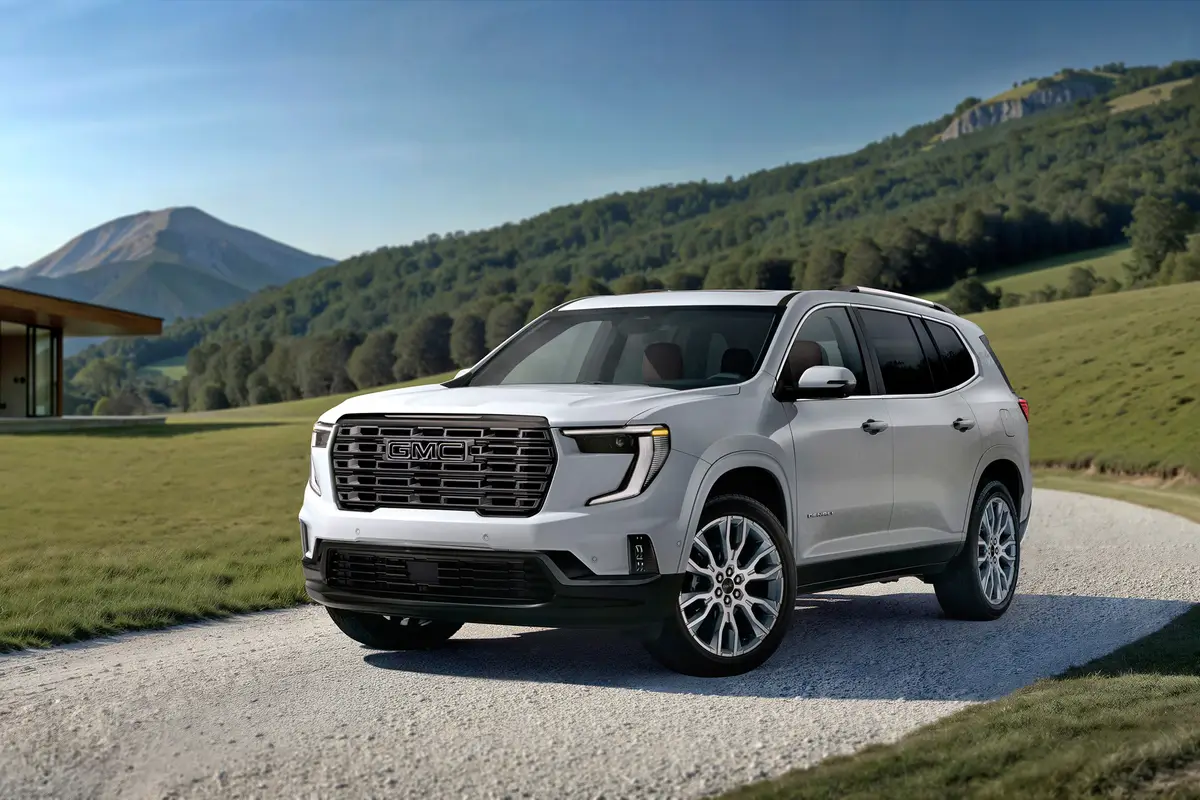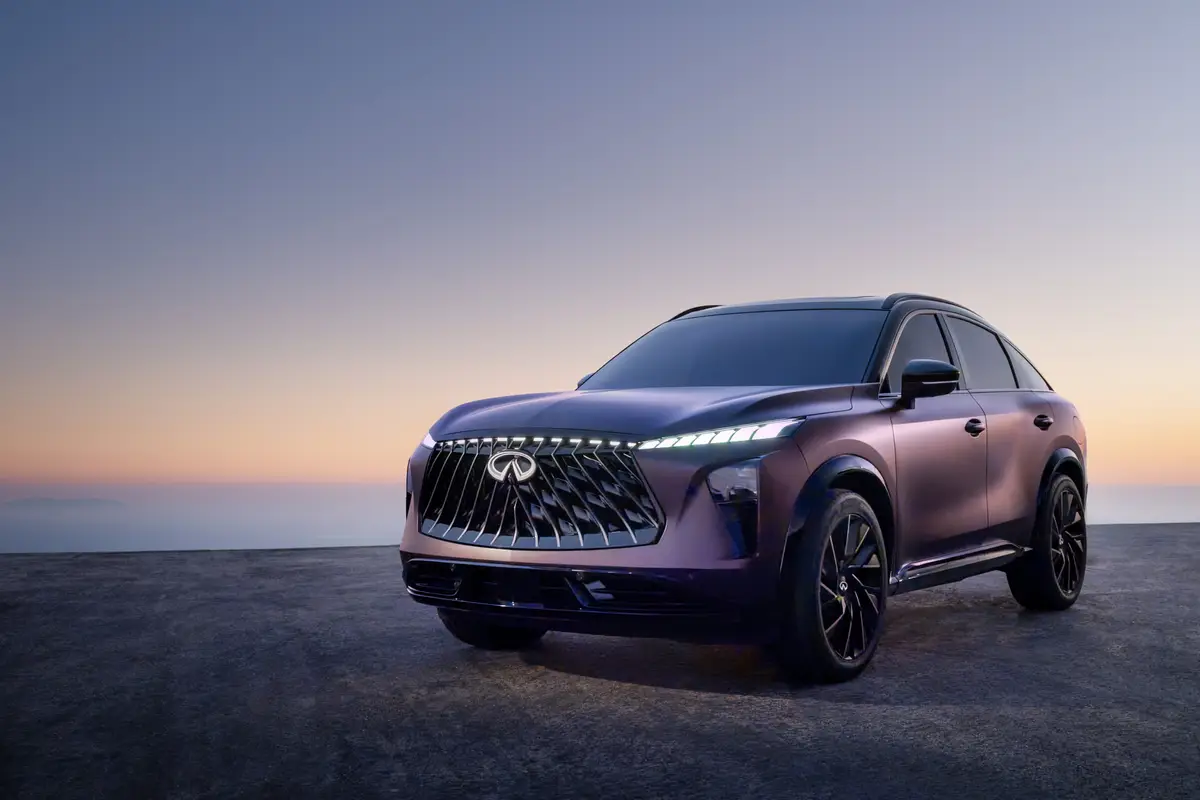Boston.com's view
I worry for Saab.
I worry as a guy who has owned five of them and loved them (before the dreaded 9000 hit the streets).
I worry that General Motors, which now owns the company, will let Saab twist in the wind for too long.
I worry because, after going to Sweden last summer for the launch of the new 9-3 and coming away impressed with its fit, finish, performance and promise, the Saab display at the North American International Auto Show earlier this month was a lackluster place.
No hint of the station wagon that could be built on the same platform; no scintillating sense of the sporty coupe that could ride top architecture.
This platform – GM’s Epsilon – is a very important design for GM and for Saab. It replaces architecture that is 10 years old. While BMW, Audi, and Volvo all made great strides in recent years, Saab stagnated.
That’s why, during that trip to Sweden, it was promising to hear Peter Augustsson, president and CEO of Saab automobiles say that, ”For the first time ever, we have a product that can compete head-to-head against cars from Audi, BMW, and Volvo.”
Was he correct? No and maybe. First of all, this would not be the first time Saab can compete with those brands. They’ve done it – and surpassed some models of some of them – in the past. Secondly, while my driving time in the new 9-3, both here and in Sweden showed me this car can compete, I’ll have to be convinced on the fit and finish. I was driving a preproduction car in recent weeks and I’m glad it was that. This gives Saab a chance to fine-tune a creaky interior. (Note: I was warned ahead of time that the dashboard creaked. But it was not alone.)
And when GM puts its Pontiac Grand Am and Chevrolet Malibu atop the same Epsilon platform, the challenge will be the same. Preserve that stiff, fun, European ride, but give us European interior quality.
This new 9-3, with proper backing from GM, should be a car that helps revive Saab. It is the same overall length as the old 9-3, but has a longer wheel base and is two inches wider. This means shorter overhangs and a tougher stance. It remains front-wheel-drive in the three models on sale now (I hear, and I pray it’s true, that an AWD Saab is coming), and it is still turbocharged.
While only sedans are available right now, the future will hold a convertible, station wagon, and, prayers again here: possibly a coupe.
The US models on sale now, in order of spiffiness and performance, are the Linear (as tested) the Arc (a touring model) and the Vector (the sportiest, for now). Starting prices are $25,900, $29,995, and $32,495 as you climb the performance and extras chain.
Transmission options include a five-speed automatic with manual mode, a five-speed manual (as tested), and a six-speed manual. All 9-3s have four-cylinder, DOHC, 16-valve, turbocharged engines. The Linear produces 175 horsepower while the other two hit 210 horsepow er.
The six-speed manual is available in the Arc and Vector models. Those looking for the high performance of an Aero or Viggen among this flock will have to wait. The Viggen is history (torque-steering itself into the sunset) and the Aero version of the 9-3 will be sold in Europe with only the same 210 horsepower as the US-bound Arc and Vector models. A different Aero, with more, as yet undisclosed power, will be made available here later.
But power is relative and I found the 175 horsepower Linear to have plenty of push and pull for driving snowy country roads around my New Hampshire home and a fine cruising machine during a long drive I took recently to Montreal and back. This latter 600-plus mile cruise took me over highways, across the snowy, windblown plains leading from the border to Montreal, and into the heart of Montreal commuter traffic.
The car was smooth, surging, and quiet on the highway – actually effortless to drive. Turbo lag was absent. It sa flat and stiff in passing lane changes, sat flat again in cornering, and moved nimbly through snowdrifts that blew across the road from those Canadian plains.
If I have a performance complaint, it was with the shifter, which could be tighter and shorter.
Having had the chance to drive the 210-horsepower model (on tortuous Swedish roads) I remain impressed with the torsional rigidity of this car. In Sweden I pushed it hard into corners trying to make the rear brake free (oversteer) or the front end to plow into the curve (understeer). It would do neither. With the Linear here in the states, only by hard acceleration into a corner from a slow speed could I pick up even a sense of understeer.
The 9-3’s stability owes not only to a stiffer body, longer wheel base and wider stance, but to a more tightly tuned suspension, with struts up front, four-link independent with coil springs in the rear, and antiroll bars at both ends.
It was no doubt with some purpose that Saab’s Augustsson mentioned a couple of German competitors at the 9-3 introduction. That’s because this car is downright Teutonic in its stance and appearance. While the nose, from the front, is distinctly Saab, its profile, from sloping hood, raked glass, roof rounding to a notched rear end, is BMW-ish.
The interior (and I am not here holding creaks in a preproduction car against Saab) was roomy and comfortable. Great bolsters support body and legs in the front buckets. Outer rear passengers sink into virtual buckets (though a middle passenger gets a distinct hump). Gauges are easy to read and climate control buttons are big and simple. The audio system, however, was a pain, with small buttons and a confusing pattern of use. Do I really need to run a cursor over a screen to find the line that will let me switch the radio from AM to FM?
The advent of the 9-3 means the death of the hatchback and some Saab purists will mourn that passing. Not me. Bring on the station wagon (oh, and have I mentioned I’d love to see a coupe?)
Saab had to make changes and they’ve done it. Consider that last year Saab 9-3 sales were about only a third (something over 10,000) of the sales of its equivalent model (the 900) in 1986.
General Motors needs to back this car and expand quickly on its platform.
I worry for Saab – just like I worried for Oldsmobile.
Nice touch: The ignition between the seats. Don’t give in to the whiners from Consumer Reports who never liked it or understood its safety feature.
Annoyance: I hope this is a preproduction foul-up, but if not, Saab will be serving up a lot of hot, toasted buns. There is one setting, and one setting only for the heated front seats. And it is a very hot one.
Latest news

2025 Mercedes-Benz G580 With EQ Technology Review: Pricey and Portly, But Plenty Potent


